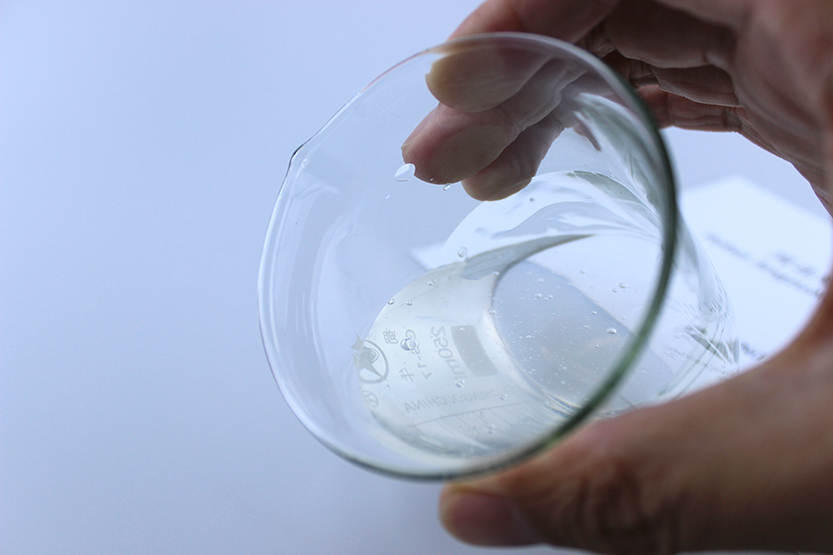
dets. . 25, 2024 21:49 Back to list
hec hydroxyethyl cellulose
Understanding Hydroxyethyl Cellulose (HEC) A Versatile Polymer
Hydroxyethyl cellulose (HEC) is a non-ionic, water-soluble polymer derived from cellulose, a natural polymer that constitutes the structural component of plant cell walls. HEC is created by the etherification of cellulose, a process through which hydroxyethyl groups are introduced into the cellulose molecule. This modification enhances the solubility of cellulose in water while retaining its biodegradable properties, making HEC a popular choice in numerous applications across various industries.
One of the standout features of HEC is its ability to form gels and films when mixed with water. This property is highly utilized in the cosmetics and personal care industry. Commonly found in products such as shampoos, conditioners, lotions, and creams, HEC serves as a thickening agent, providing the desired viscosity and stability to formulations. Moreover, its film-forming ability creates a protective barrier on the skin or hair, enhancing product performance and user experience.
In the construction industry, HEC plays a critical role as an additive in cement-based materials, such as mortars and grouts. When added to these mixtures, HEC improves workability and increases water retention, allowing for easier application and extended open time without compromising the strength of the final product. This versatility makes HEC an essential component in modern construction practices, particularly in the formulation of self-leveling compounds and tile adhesives.
The pharmaceutical industry also benefits significantly from HEC. Due to its biocompatible nature, HEC is used in the formulation of drug delivery systems. It can control the release of active pharmaceutical ingredients, allowing for sustained or targeted delivery, thus improving therapeutic efficacy. Additionally, HEC is used in various pharmaceutical preparations, including gels, ointments, and suspensions, where its viscosity-increasing properties ensure the uniform distribution of the active ingredients.
hec hydroxyethyl cellulose

In agriculture, HEC functions as a soil conditioner and a viscosity modifier in pesticide formulations. Its water-retaining properties help maintain soil moisture, promoting healthier plant growth, particularly in arid regions. Furthermore, HEC can improve the adherence of pesticides to plant surfaces, enhancing the efficacy of plant protection products.
Another fascinating aspect of HEC is its environmental compatibility. As a cellulose derivative, it is biodegradable and can be easily broken down by microbial action, making it an eco-friendly alternative to synthetic polymers in various applications. The growing emphasis on sustainability and the reduction of plastic usage has led to increased interest in HEC as a green solution in many sectors.
However, despite its numerous advantages, there are several factors to consider when using HEC. The viscosity of HEC solutions can be influenced by factors such as concentration, molecular weight, and temperature. Therefore, formulators must carefully optimize conditions to achieve the desired performance in their products.
In conclusion, hydroxyethyl cellulose is a versatile polymer with a broad range of applications, from cosmetics to construction and pharmaceuticals to agriculture. Its unique properties, including water solubility, thickening capability, and biodegradability, make it an invaluable ingredient across industries. As the demand for sustainable and effective materials continues to rise, HEC is likely to become even more prominent in innovation and product development, paving the way for new and improved applications in the future.
-
Versatile Hpmc Uses in Different Industries
NewsJun.19,2025
-
Redispersible Powder's Role in Enhancing Durability of Construction Products
NewsJun.19,2025
-
Hydroxyethyl Cellulose Applications Driving Green Industrial Processes
NewsJun.19,2025
-
Exploring Different Redispersible Polymer Powder
NewsJun.19,2025
-
Choosing the Right Mortar Bonding Agent
NewsJun.19,2025
-
Applications and Significance of China Hpmc in Modern Industries
NewsJun.19,2025







